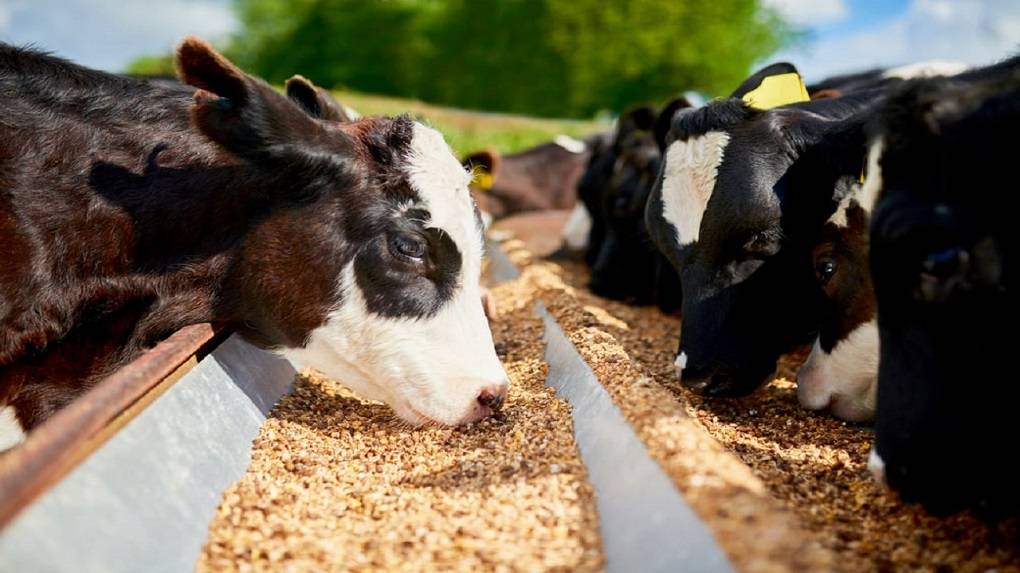
Precision feeding is an effective approach to reduce feed costs, and environmental footprint, and to improve animal health and welfare. It involves modern multidisciplinary technologies such as mechanics, automation, electronics, and information technology. These tools collect data, such as body weight, feed intake, and feeding behaviour, from the individual animals.
This data is then processed and analysed based on mathematical models to make predictions, and warning for farmers, or formulate diets that fit the requirements of each individual animal at each production period.
It is important as a healthy balanced diet is fundamental to economic animal production. The objectives of these practices are to increase profitability and reduce the excretion of nutrients to the environment. A study conducted on precision feeding habits in pigs saw a decrease of up to 30% in nitrogen through excretion, without compromising the pig’s performance. While precision livestock feeding has several benefits for the animal and the environment, however, establishing precision feeding systems require huge investments, that may go beyond the capabilities of small/medium landholders.
Basic Concepts of Precision Livestock Feeding
Precision livestock feeding uses several tools that ensure that the animals’ diet is tailored to the production objectives and takes into consideration environmental and animal welfare issues. It takes into account the changes in nutrient requirements that occur in animals’ diets over time and also the variation in nutrient requirements that exists among different species and breeds. Precision feeding tools collect the data, process it, and then present the farmer with diet plans and nutrient requirements based on that data.
Automatic data collection- Measurements of the animal, their feed, and their environment are essential data points in precision livestock feeding. Components, such as quantity eaten, feed intake behaviour, physical activity performed by the animal, interactions with other animals, and the physical state of the animal, must be measured directly and frequently, if possible as they are essential indicators. Tools, such as real-time sound analysis and audio-visual observations are used to monitor the health status and welfare of animals like pigs and laying hens.
Data processing- To make sure animals are fed the right amount, we need to analyse the information we collect. One way we can do this is by using a math method called "mathematical modelling." It helps us understand how animals grow and what they need to eat. This information can be used to create a system that controls how much the animals are fed.
Control of the system- Precision livestock feeding means controlling how animals are fed using machines and devices that collect data about the animals and the farm. This data can be used to monitor the health of the animals, detect diseases, and find the best ways to produce meat or milk. A computer program can use this data to decide how much and what kind of food each animal needs to eat. Depending on the goals of the farm, the program can try to make the animals grow faster, save money on food, or reduce waste. To do this, the program needs to know how much of each nutrient the animals need each day based on their age and size.
Takeaway
Precision livestock feeding means feeding each animal based on their specific needs, which can save money and reduce waste in farming. To make precision feeding work, researchers and farmers need to focus on individual animals instead of treating them all the same. Farmers need clear goals for their farming practices that balance economic needs with sustainability. They also need to combine animal models with sensors and machines that can measure and distribute tailored diets. Precision livestock feeding practices have the ability to reduce waste, promote responsible farming practices, and improve farm economics.















